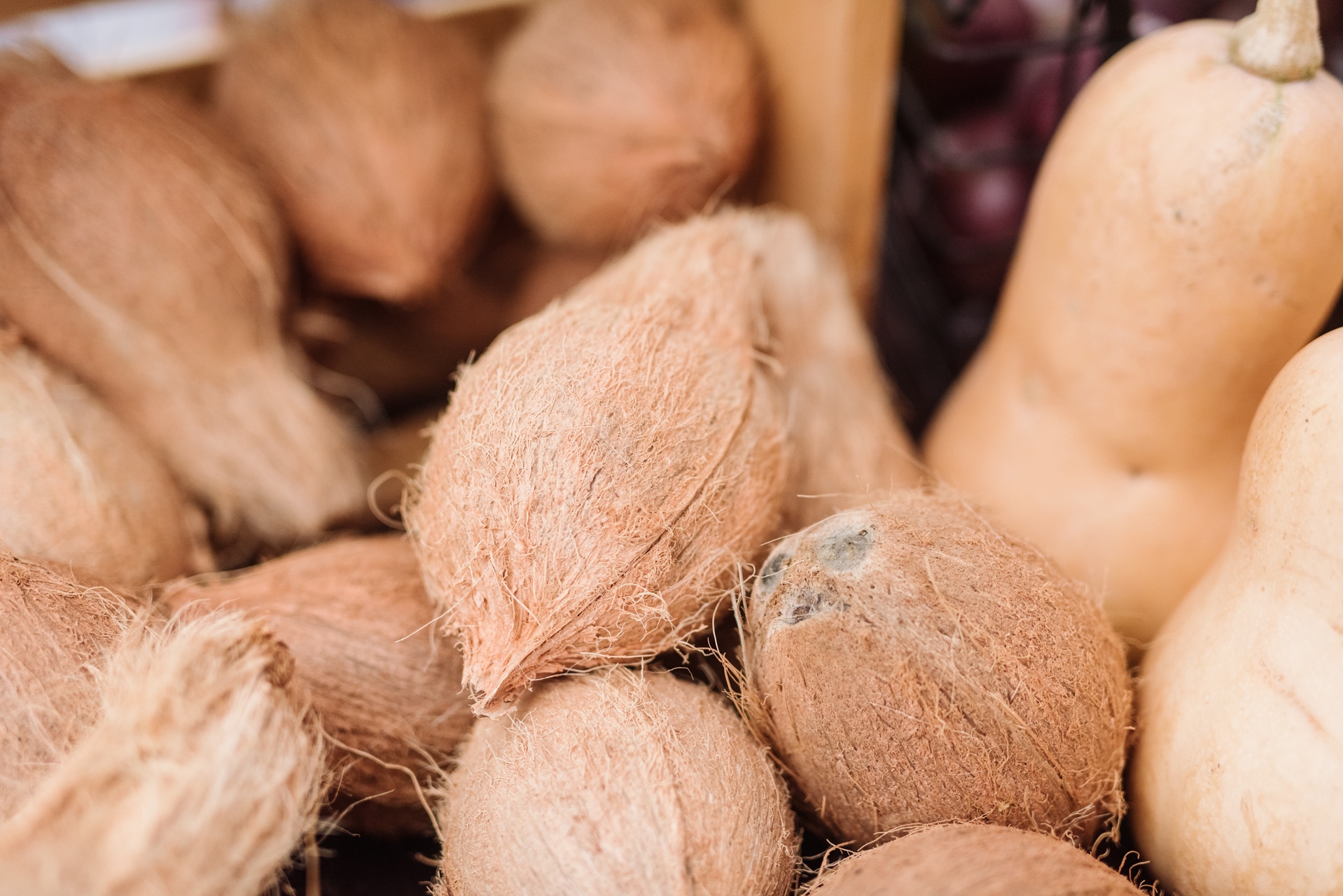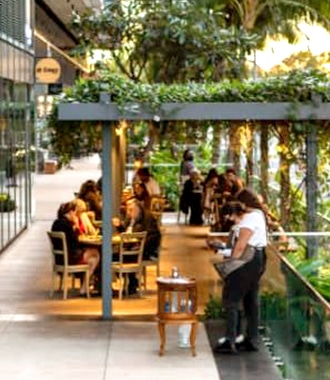Designed to Thrive

How many times have you picked up a cute little potted houseplant at the hardware or grocery store, only to have it die within weeks in your kitchen window? You gave it sunlight, watered it properly, and you even left the window cracked for fresh air—all to no avail. Simply put, some plants are naturally better suited to thrive in Hawai‘i’s unique weather patterns than others.
More than a thousand years ago, when intrepid adventuring Polynesians set sail to discover new territory in the Pacific or beyond, they packed their double-hulled voyaging canoes with a myriad of necessities to stay alive during their journey and establish new communities when they found land. In addition to tools and daily food rations, they stockpiled their craft with living plants, seeds, and cuttings that would one day become the food staples of a new colony and culture.
These plants are now known as canoe plants, most of which are extremely common throughout the Islands. Not only are they useful for food, but they possess a deep cultural connection to the ‘āina and the Hawaiian culture. Check out these five canoe plants that you can start in your kitchen window or plant in a container on the lānai.
Kī (Ti)
Of all 24 canoe plants, kī (pronounced like “key”) is by far the most common. Better known as ti (pronounced like “tea”) today, you’ll see it on hikes, growing on the side of the road, and heavily used in landscaping. There are many varieties of kī showing color schemes that range from deep green to sherbert to blood red. Kī is sacred to the Hawai‘i god Lono and to Laka, the goddess of hula, and the leaves are worn or carried as protection and to bring in the “good.” For the kitchen window, you’ll simply need a small cutting from the stem and a bowl of water. Place the cutting in the bowl vertically and hearty white roots will emerge in a few days, followed by the leaves.
Kō (Sugar cane)
Early Hawaiians farmed nearly 40 varieties of sugar cane, a perennial clumping grass. They planted kō around their homes and along kalo lo‘i embankments. The cane juice was used to sweeten foods and the leaves were used for interior house thatching. Several varieties were also used as a medicine. You can find sugar cane at most plant nurseries and you can even start a new plant from the upper portions of the mature stalk. As a potted plant, kō makes a great windbreak for the lānai and doubles as a sweet treat. Find a garden variety with a thin rind and chew on the soft pulp.
‘Uala (Sweet Potato)
He ‘uala ka ‘ai ho‘ola koke I ka wi. The sweet potato is the food that ends famine quickly. ‘Uala has many uses and almost every part of the plant is useful. The sweet tuber is a carbohydrate. The leaves, an excellent source of Vitamin A and calcium can be boiled, steamed, or baked. And traditionally, some of the 200 varieties that Hawaiians farmed were used medicinally. While you may not be harvesting luscious tubers from your kitchen window, ‘uala is so easy to propagate and the vine grows quickly, creating a point of interest in a hanging basket on the lānai. Place cuttings from the stem in a glass of water and set in the kitchen window. Thin white roots will appear in days. Plant it outside or let it ride in the glass and cross your fingers for that beautiful light purple flower to emerge.
‘Ōlena (Tumeric)
This humble, yet powerful little root, better known as a rhizome, is a member of the ginger family and was a prized possession of early Hawaiians. ‘Ōlena was used ceremonially and medicinally to treat earaches, bronchitis, asthma, a diuretic, and an anti-bacterial agent that can alleviate inflammation. Also an immune system booster, ‘ōlena is a great plant to cultivate in the garden. Plant a piece of the rhizome in soil and give it plenty of water and some shade. It takes about three to four months before the green leaves emerge, followed by flowers.
Niu (Coconut)
The lackadaisical swaying of palm fronds in a gentle trade wind breeze is the quintessential symbol of idyllic tropical bliss. What better way to bring the outdoors in than with a keiki coconut palm? Niu was extremely useful for early Hawaiians. Coconuts offered food and water, and other parts of the palm were used for thatching, mats, cordage, charcoal, fans, shampoo, and oil for fuel. Create a conversation piece by nestling a newly sprouted coconut, called a malo‘o, in a pot with soil. You don’t need to bury this seed, as all the nutrients the palm needs to grow is right inside this magnificent nut.






